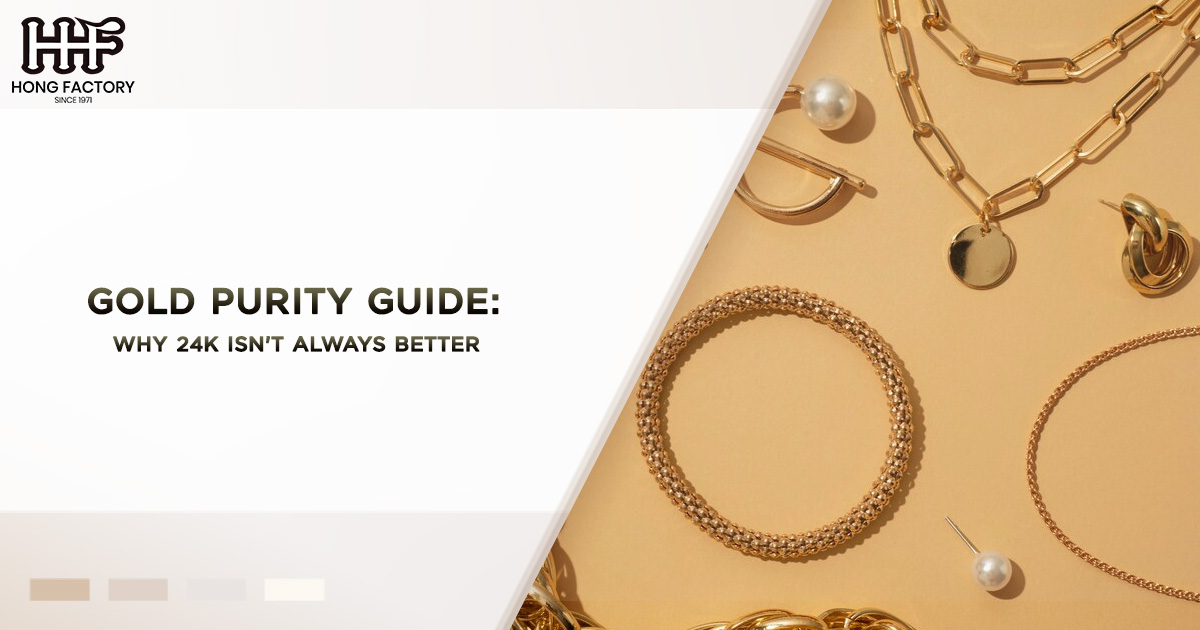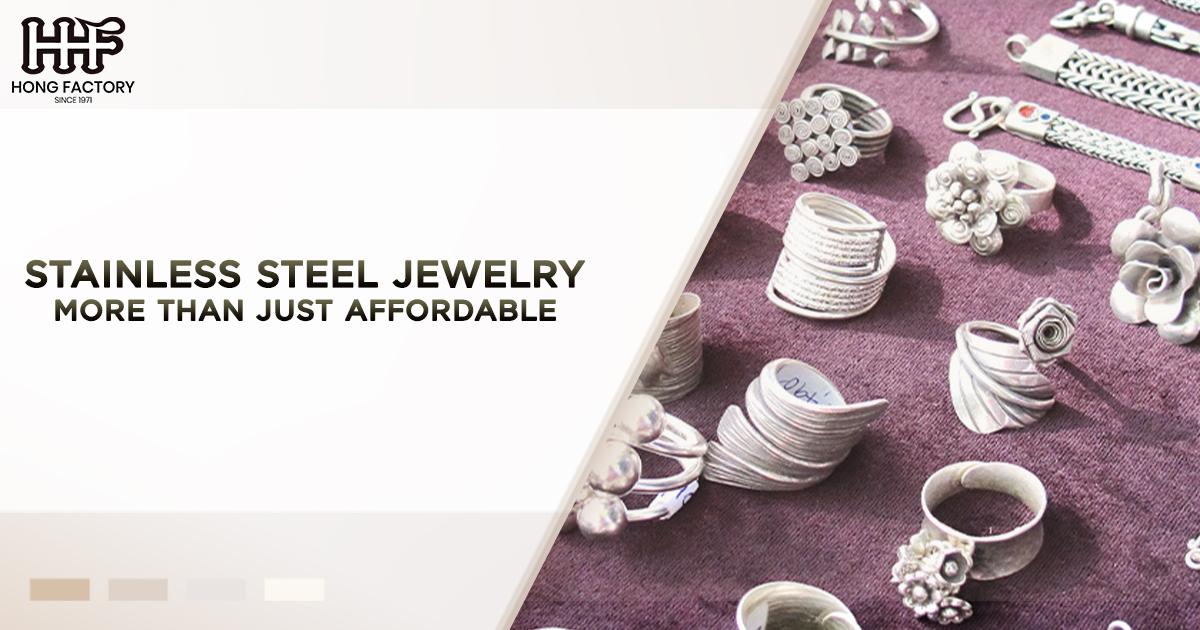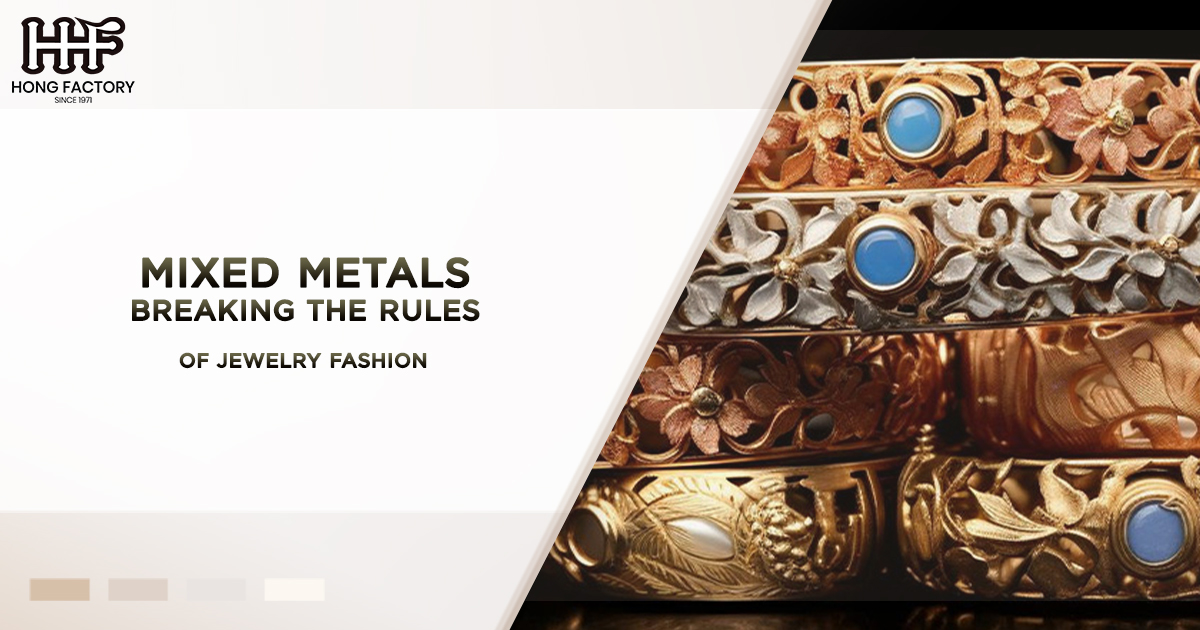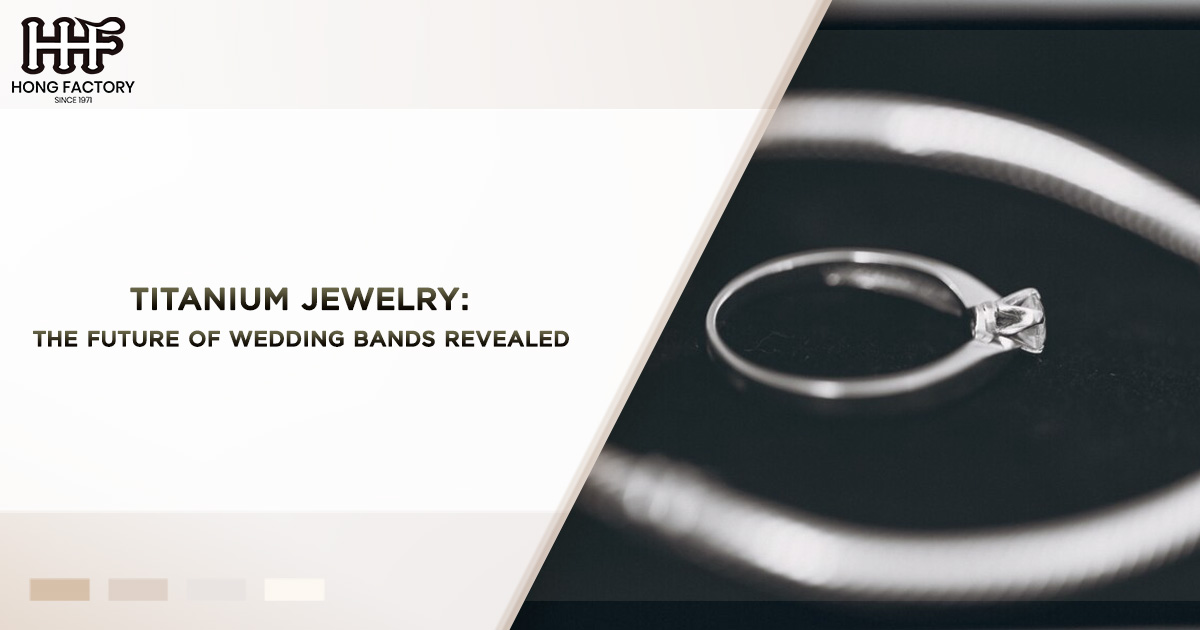Gold has captivated human civilization for centuries, symbolizing wealth, power, and timeless beauty. When buying gold jewelry or investment pieces, terms like 24K gold and 18K gold often come up. However, many people are left wondering what gold purity really means and whether higher karats are always the best choice. This guide will explore the different gold karats, their pros and cons, the best uses for each, and how price is affected by purity levels.
Understanding Gold Purity – What Does Karat Mean?
The term karat (abbreviated as K ) refers to the purity of gold in a piece of jewelry or item. Pure gold is 24 karats, meaning it is 100% gold with no other metals mixed in. However, pure gold is soft and malleable, making it less durable for everyday use. To enhance its strength, gold is often alloyed with other metals like silver, copper, or zinc, resulting in lower karat values such as 18K, 14K, or 10K gold.
Each karat level represents a specific percentage of pure gold
- 24K gold – 99.9% pure gold
- 18K gold – 75% gold, 25% other metals
- 14K gold – 58.3% gold, 41.7% other metals
- 10K gold – 41.7% gold, 58.3% other metals
Now that you understand the basics of gold purity, let’s dive into the characteristics of each gold karat level, their pros and cons, and their ideal applications.
Different Gold Karats Explained
- 24K Gold – The Purest Form of Gold
24K gold is the purest form of gold available, containing 99.9% gold and only trace amounts of other elements. Its rich, bright yellow color is unmatched by lower karat golds, making it highly sought after for cultural and ceremonial purposes.
Pros of 24K Gold
- Hypoallergenic – Pure gold rarely causes skin irritation.
- Luxurious Appearance – Its vibrant yellow hue is ideal for high-end jewelry.
- Investment Value – Due to its high purity, 24K gold is often used for gold bars and coins.
Cons of 24K Gold
- Softness – It is highly malleable and prone to scratches and dents.
- Unsuitable for Daily Wear – Its lack of durability makes it impractical for everyday jewelry.
- High Price – 24K gold is more expensive due to its purity.
Best Uses for 24K Gold
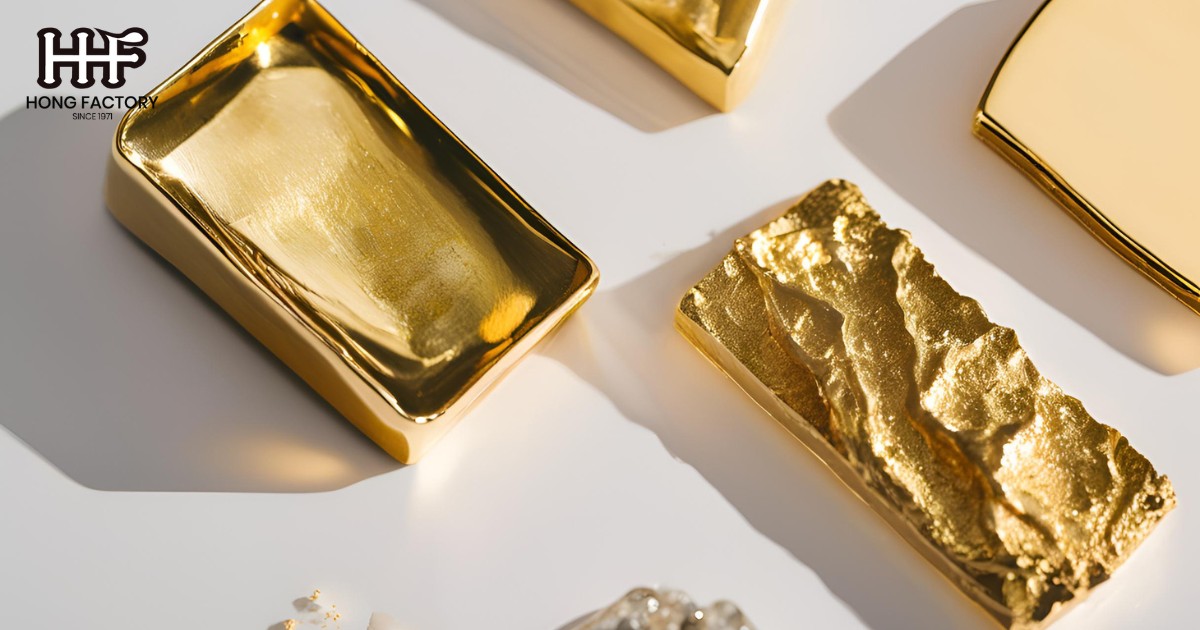
- Investment products like coins and bullion.
- Ornamental jewelry for traditional or ceremonial purposes, especially in countries like India and China.
- 18K Gold – A Perfect Balance of Purity and Durability
18K gold contains 75% gold and 25% alloyed metals, making it a popular choice for fine jewelry. Its slightly muted yellow tone compared to 24K gold appeals to those who prefer a less intense gold color.
Pros of 18K Gold
- Durability – Stronger and more resistant to damage than 24K gold.
- Luxurious Look – Offers a premium aesthetic with a rich gold tone.
- Allergy-Friendly – Contains enough pure gold to minimize allergic reactions.
Cons of 18K Gold –
- Higher Cost – More expensive than 14K and 10K gold.
- Slightly Softer – While more durable than 24K gold, it is still prone to scratches if not handled carefully.
Best Uses for 18K Gold
- Engagement rings, wedding bands, and other high-end jewelry.
- Watches and statement pieces that balance durability and luxury.
- 14K Gold – The Sweet Spot for Everyday Jewelry
14K gold is made up of 58.3% gold and 41.7% other metals. Its lower gold content makes it more affordable while maintaining a classic gold appearance.
Pros of 14K Gold
- Affordable – More budget-friendly than 18K and 24K gold.
- Durable – Ideal for daily wear due to its strength and resistance to scratches.
- Variety – Available in yellow, white, and rose gold.
Cons of 14K Gold
- Less Pure – Its lower gold content may trigger allergies in some individuals.
- Muted Color – Its gold color is less vibrant compared to 18K or 24K gold.
Best Uses for 14K Gold
- Everyday jewelry like necklaces, bracelets, and earrings.
- Affordable yet elegant engagement and wedding rings.
- 10K Gold – The Most Durable and Affordable Option
10K gold contains 41.7% gold and 58.3% alloyed metals, making it the least pure but most durable gold option. Its pale color and affordability make it a practical choice for budget-conscious buyers.
Pros of 10K Gold
- Affordable – The most cost-effective gold option.
- Durable – Highly resistant to scratches and dents, making it perfect for heavy-duty wear.
Cons of 10K Gold
- Lacks Luster – Its pale appearance may not appeal to those seeking a rich gold tone.
- Possible Allergens – Higher alloy content increases the likelihood of skin irritation.
Best Uses for 10K Gold
- Jewelry for active lifestyles or manual labor.
- Budget-friendly wedding bands and fashion accessories.
Price Considerations for Different Gold Karats
Gold purity directly influences the price of gold jewelry. Higher karat golds like 24K and 18K are more expensive due to their higher gold content. However, the additional cost may not always be practical, especially if you’re looking for durable, everyday jewelry. Here’s what to consider
- Purpose of the Purchase – For investment, 24K gold is ideal. For daily wear, 14K or 10K gold offers better value and durability.
- Budget – Higher karat golds are significantly more expensive. Opt for 14K or 10K gold if affordability is a priority.
- Resale Value – 24K and 18K gold have higher resale values due to their purity, but they may not retain their original price after design and craftsmanship fees.
- Cultural Significance – In some cultures, 24K gold is preferred for weddings and important ceremonies, regardless of price.
Choosing the Right Karat – What’s Best for You?
Selecting the right gold karat depends on your lifestyle, budget, and personal preferences. Here’s a quick guide
- 24K Gold – Best for investments, collectors, and ceremonial jewelry.
- 18K Gold – Ideal for luxury items and fine jewelry with moderate durability.
- 14K Gold – Perfect for everyday wear and a balance of cost and quality.
- 10K Gold – Best for durable, affordable pieces with a lower price tag.
Conclusion
While 24K gold is the purest form of gold, it isn’t always the best choice for every situation. Its softness and high cost make it less practical for daily use. For most buyers, 18K or 14K gold strikes the perfect balance between beauty, durability, and affordability.
Understanding gold purity and the characteristics of different karats is key to making an informed decision. Whether you’re purchasing gold for investment, special occasions, or everyday wear, knowing the pros and cons of each karat ensures that you’ll choose the perfect piece to suit your needs.
So, the next time you shop for gold, remember – higher purity doesn’t always mean better—it’s all about finding the right fit for your lifestyle and budget.
